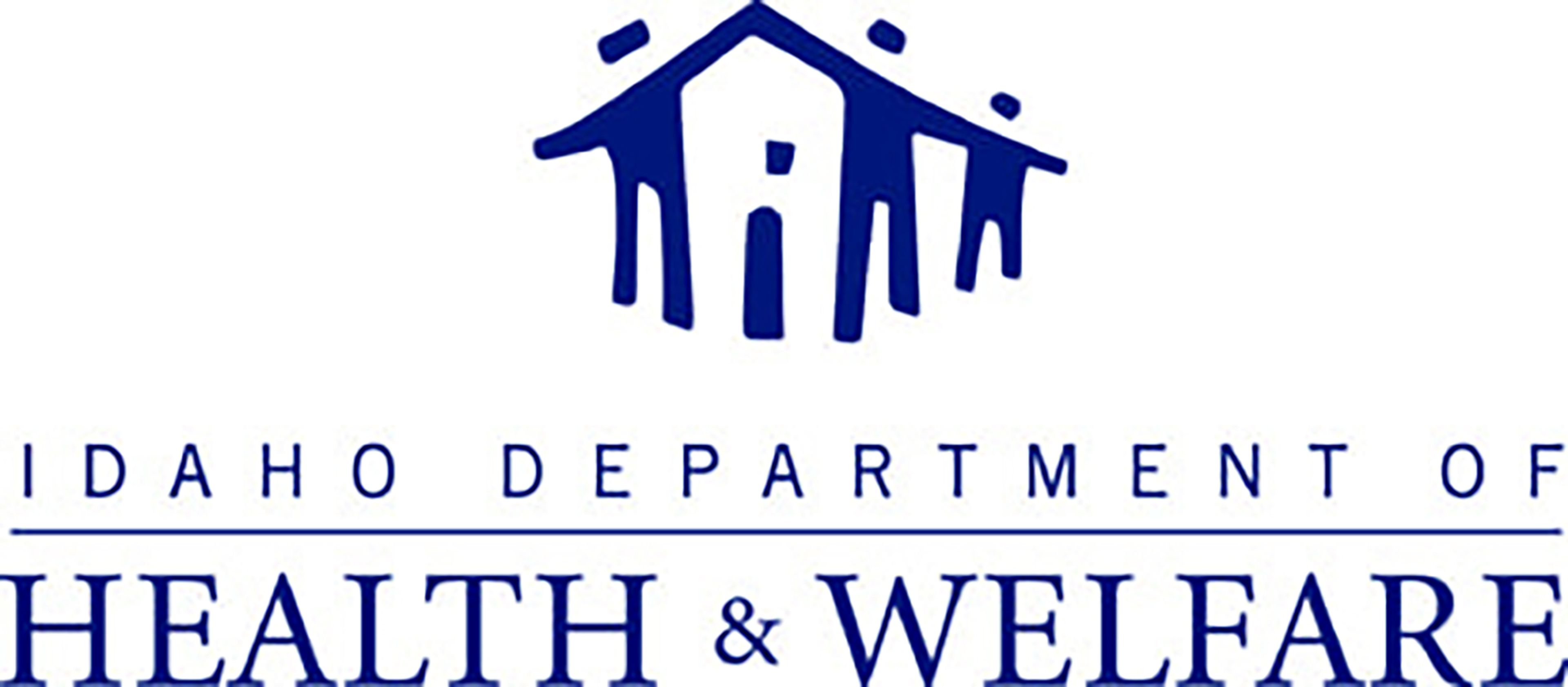Toxin-producing bacteria found at Spring Valley Reservoir
Idaho Dept. of Health and Welfare advise people and pets avoid contact with water
TROY — The Idaho Department of Health and Welfare is advising people to stay out of Spring Valley Reservoir where a harmful algae bloom that produces liver toxins harmful to people, pets and livestock has been detected.
People are advised to avoid swimming, wading or other activities that involve contact with the water there and to not drink the water or allow pets or livestock to drink it, according to a department news release. Boiling and filtering does not remove the toxins.
People or pets who do have contact with the water should be bathed with water from a clean source as soon as possible. People should wash their hands after they handle fish caught from the reservoir or have contact with objects that have been in the water there.
Fish caught from the reservoir can be eaten but they should be filleted with the skin and internal organs removed prior to cooking and eating.
Symptoms from contact with the toxin include a rash, hives, red eyes, wheezing, coughing or shortness of breath. Those who consume the water might experience stomach pain, diarrhea, vomiting, headache, muscle weakness or dizziness. If a person suffers liver damage their skin may turn yellow and their urine may be dark.
The department advises people who think they might be sick from cyanotoxin to consult a health care provider or call the poison center at 1 (800) 222-1222. Cyanobacteria occur naturally, and when temperatures rise their populations can bloom and toxic chemical compounds, or cyanotoxins, can be released into the water, according to the news release.
Blooms may look like mats, foam, spilled paint or surface scum, and have a foul odor. Mats can be out of sight on the bottom of the water body. Pets, livestock and wildlife can get sick or die, within minutes to days after cyanotoxin exposure.
More information is available at bit.ly/3U62Llk.
Last month, Whitman County Public Health issued an advisory for a harmful algae bloom on the Snake River between Nisqually John Landing and Little Goose Dam.








